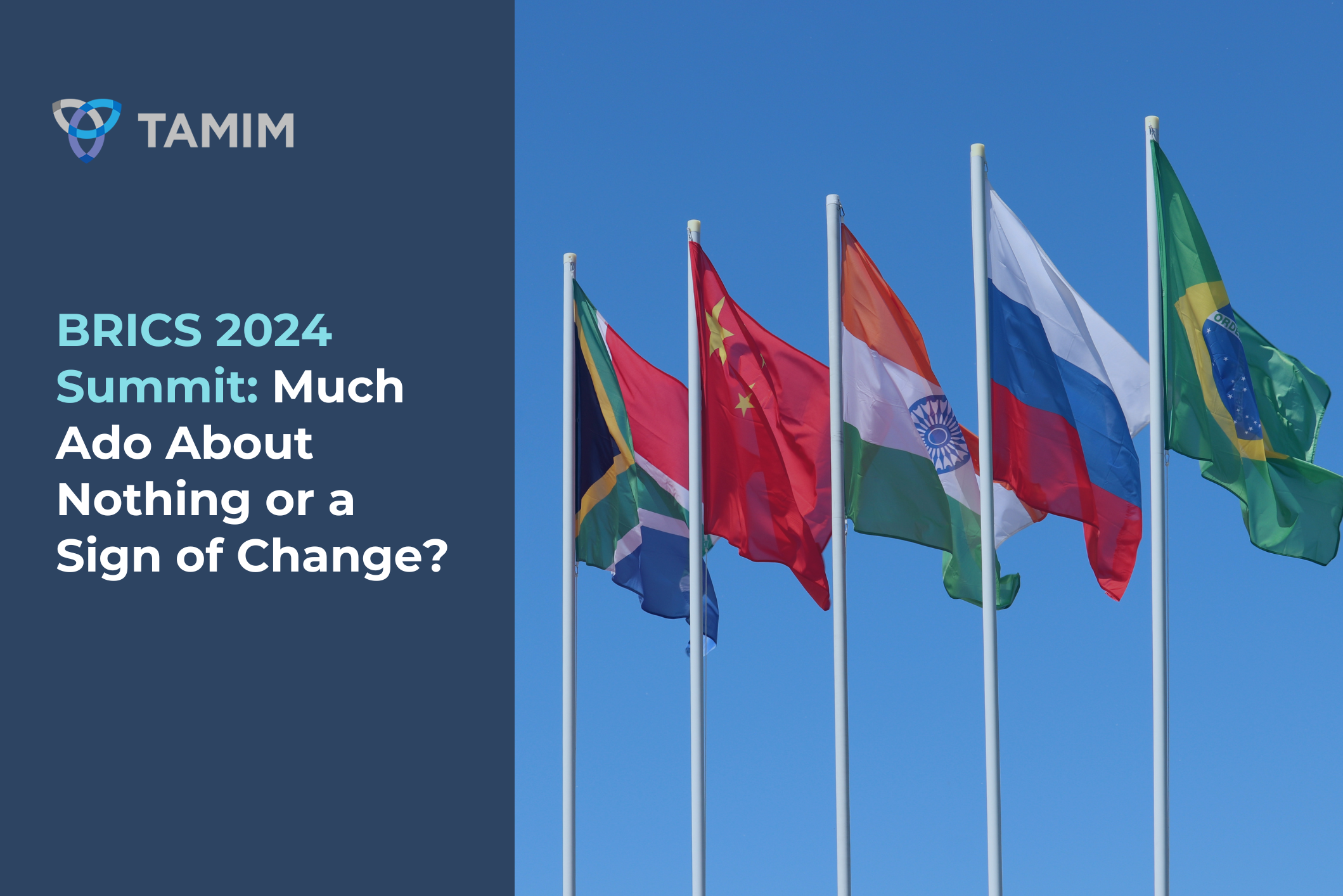The recent 16th BRICS Summit in Kazan, Russia, was a mix of strategic ambition and political posturing. Officially themed “Strengthening Multilateralism for Fair Global Development and Security,” the summit aimed to promote intra-bloc trade and security cooperation. However, it also revealed the complex political dynamics at play, from Russia’s tenuous position due to the Ukraine conflict to the simmering border tensions between India and China. These subtexts underscored an agenda driven more by individual national interests than collective vision. In this article, we explore the summit’s implications for U.S. dollar hegemony, the viability of a BRICS currency, and investment opportunities emerging from these developments.
The Subtext Behind the Summit
While the BRICS nations publicly championed unity, unresolved tensions, particularly Russia’s ongoing invasion of Ukraine, loomed large. Russian President Vladimir Putin faced pressure from other BRICS nations to ease hostilities, signaling that Russia’s role might be a liability to the bloc’s cohesion. Meanwhile, China’s Xi Jinping and India’s Narendra Modi engaged in rare discussions regarding their border issues, a welcome development for investors monitoring Indo-China relations. For Western interests, India remains a critical ally, a “swing state” in the tug-of-war with China. The alignment of India with the West strengthens the U.S. dollar’s influence, especially as India navigates BRICS with measured independence.
Dollar Hegemony: Enduring Privilege or Waning Dominance?
The BRICS bloc has long criticised the U.S. dollar’s dominant role in global finance. Referred to as an “exorbitant privilege,” this status has allowed the U.S. to manage substantial debt and leverage its currency as a tool of influence. However, recent Western financial sanctions on Russia, including the freezing of its central bank reserves, have accelerated BRICS’ push for financial autonomy. Even so, the dollar continues to underpin 58% of global trade and makes up 60% of central bank reserves worldwide, making it the most stable, liquid, and reliable currency globally.
Although a serious challenge to the dollar’s supremacy seems far off, the summit’s de-dollarisation agenda reveals a growing impatience with Western dominance. For investors, this translates into a gradual opening of new sectors, markets, and regional currencies within BRICS as these countries attempt to hedge against dollar dependency.
The BRICS Currency Dilemma and the “Unit” Proposal
Amid the de-dollarisation debate, the summit introduced the idea of a BRICS currency—tentatively named the “Unit.” This currency could theoretically offer a counterbalance to the dollar. However, significant obstacles lie ahead. For instance, China’s yuan, a logical candidate, has limited acceptability due to strict capital controls, while India is hesitant to align too closely with China. The diverse economic policies and political aims within BRICS members also hinder the practicality of a unified currency.
Adding complexity, the Unit proposal suggests a gold-backed currency split 40% in gold and 60% in local currencies, echoing the gold-backed Bretton Woods system. However, given BRICS’ diverse economic structures, maintaining such stability is challenging. This concept, though intriguing, is more aspirational than actionable, as the Eurozone’s struggles demonstrate. BRICS’ diversity makes a common currency an ambitious political goal rather than an immediate economic reality.
Strategic Investment Opportunities in BRICS Sectors
While the BRICS summit underscored challenges, it also identified several promising sectors for investors as the bloc continues to push for economic independence and stronger intra-bloc trade.
- Emerging Market Financial Institutions BRICS’ de-dollarisation ambition puts local financial institutions in a pivotal role. Banks in China, India, and Brazil could benefit as BRICS promotes local currency trade, increasing demand for cross-border transaction services.
- Commodities and Energy Resources As Saudi Arabia, Iran, and Russia join forces within BRICS, their control over energy and commodity pricing grows. Intra-BRICS trade, including plans for a grain-trading platform, could offer strategic advantage to companies in the resource sector.
- Infrastructure and Technology Development With a focus on creating independent financial networks, BRICS is likely to invest heavily in infrastructure, telecommunications, and digital finance. BRICS’ plans for an alternative to the SWIFT system also highlight the role of companies in blockchain and secure payments.
- Digital Currencies and Blockchain Infrastructure The BRICS initiative to establish its own payment system, separate from Western frameworks, positions blockchain technology at the forefront of financial innovation. Blockchain infrastructure providers and companies supporting decentralised digital transactions could see a rise in demand.
- Renewable Energy and Climate Initiatives BRICS nations like China and India are focusing on green energy, and Saudi Arabia and UAE are investing in clean energy alternatives. This agenda aligns with BRICS’ commitment to reduce fossil fuel dependence and accelerate renewable energy initiatives.
Navigating Geopolitical Risks
While BRICS offers emerging market opportunities, investing here carries geopolitical risks. With BRICS positioned as a counterweight to Western systems, markets may experience volatility, trade restrictions, or currency shifts. That said, diversifying into BRICS markets can provide a hedge against fluctuations in Western markets. If BRICS succeeds in financial independence, these markets could become more stable and less affected by U.S. economic cycles.
The TAMIM Takeaway
The BRICS Summit ended with more questions than answers. For all the headlines and talk of upending the dollar, tangible outcomes were scarce. The summit has certainly been a wake-up call for the West, especially as countries seek alternatives to dollar dependency. However, any real shift in global currency dynamics is a long way off.
For investors, the message is clear: while the dollar will remain dominant in the short term, the push for alternatives is gaining momentum. There is potential for increased opportunities within the BRICS bloc, albeit with risks that require close monitoring. The West, particularly the US, has several strategic advantages, including its relationship with India, to counterbalance BRICS’ aspirations. As investors, we’ll continue to observe these developments, but for now, it seems the summit generated more sound than substance.

